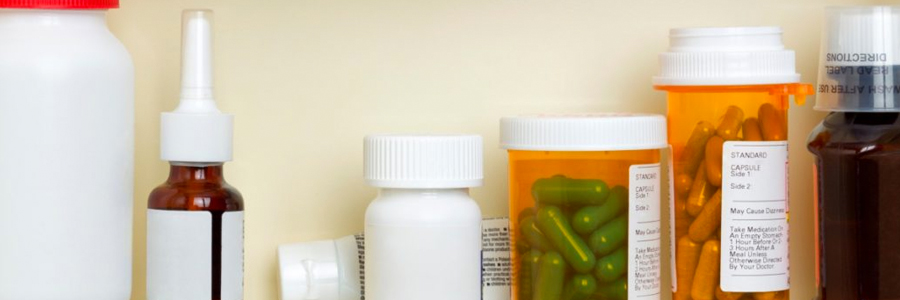Prevent medication poisoning in your home with these simple steps

To children, medication around the house might look like candy waiting to be consumed. That’s part of the reason why medicine is the leading cause of child poisoning in the U.S.
Every year, nearly 60,000 children are seen in the emergency room for medicine poisoning. Here are a few simple steps you can take to prevent medicine-related poisoning in your home.
Top tips for medication safety
- Put all medicine up, away and out of sight. In 86 percent of emergency department visits for medicine poisoning, children took medicine belonging to a parent or grandparent.
- Consider unlikely places where medicine is kept. Children can get access to medication in many places, some of which you might not consider, such as purses and nightstands. Place purses and bags in high locations and avoid leaving medicine on a nightstand or dresser.
- Consider products you might not think about as medicine. Health products such as vitamins, diaper rash creams, eye drops and hand sanitizer can be harmful if kids ingest them. Store these items up, away and out of sight, just as you would traditional medicine.
- Only use the dosing device that comes with the medicine. Kitchen spoons aren’t all the same, and a teaspoon or tablespoon used for cooking won’t measure the same amount of medicine as a dosing device.
- Write clear instructions for caregivers. When other caregivers are giving your child medicine, they need to know what medicine to give, how much to give and when to give it. Be clear and detailed in your instructions for caregivers.
- Save the Poison Help line in your phone: 800-222-1222. Put the toll-free number for the Poison Control Center into your home and cellphone. You should also put the number on your refrigerator or another place in your home where babysitters and caregivers can see it. Call the help line with any questions or concerns about medication. The Poison Help line is open 24 hours a day, seven days a week.
Next steps:
- It’s not just medicine can be dangerous for kids – many common household items represent a poison threat, too. Check out our top tips for poison-proofing your home.
- Visit Safe Kids Fayette County for more information about preventing childhood injuries and keeping the kids in your life safe.
This content was produced by UK HealthCare Brand Strategy.




